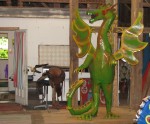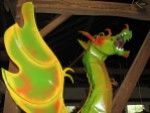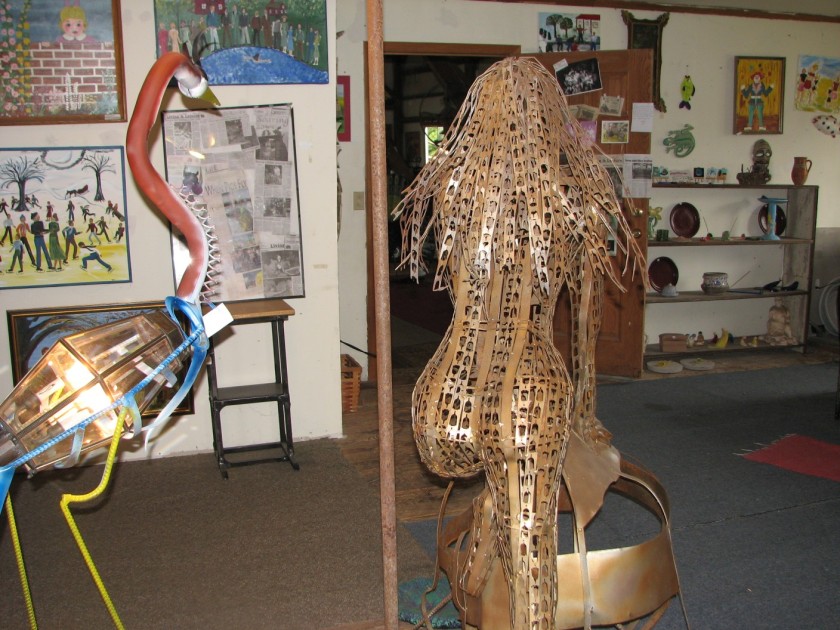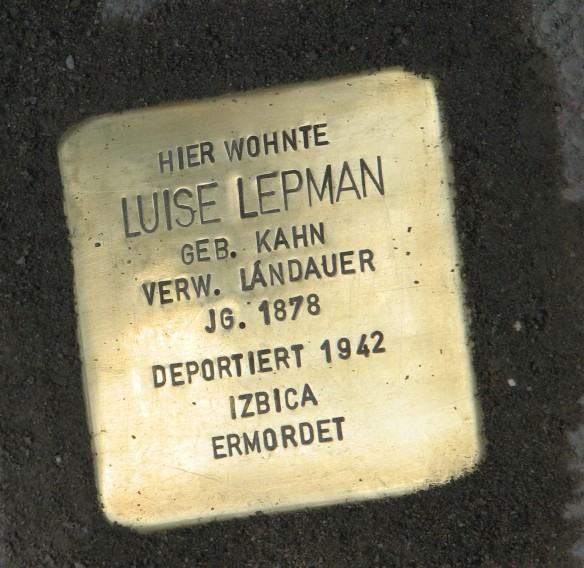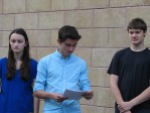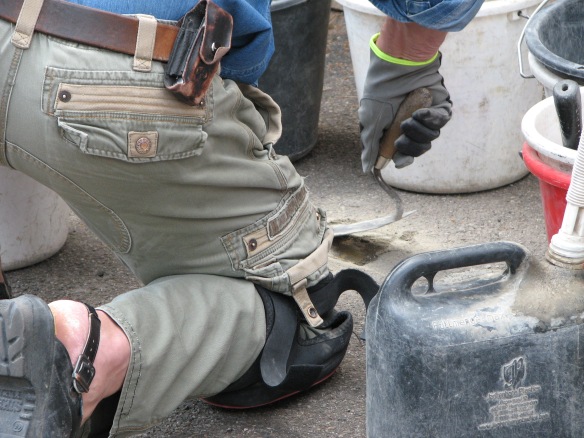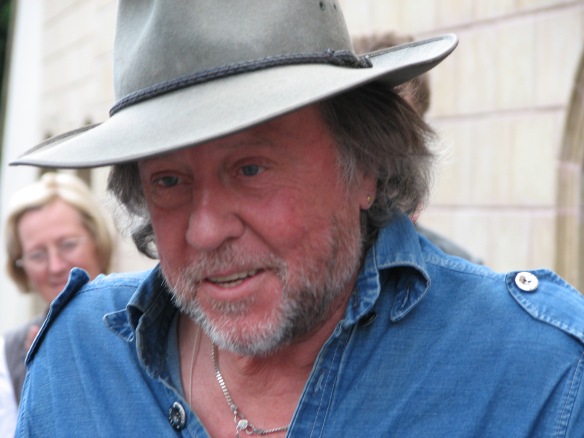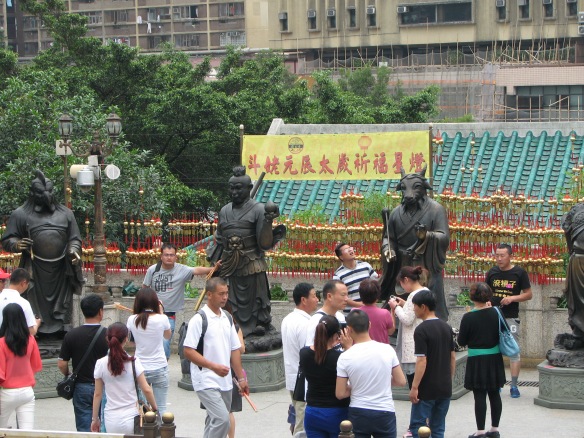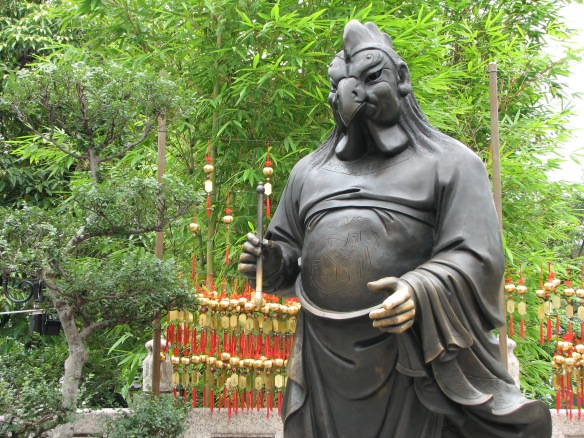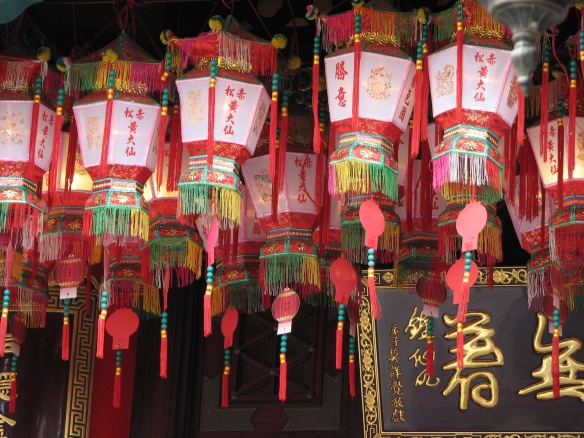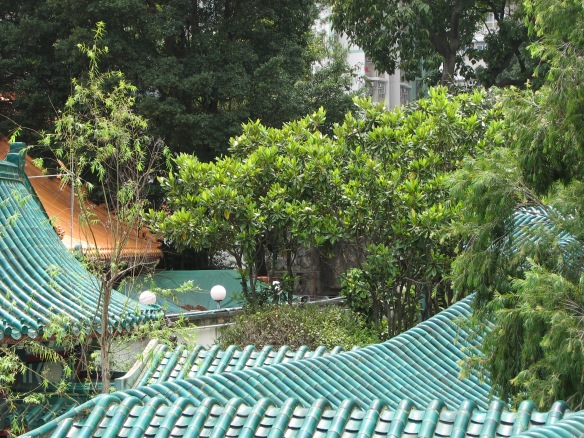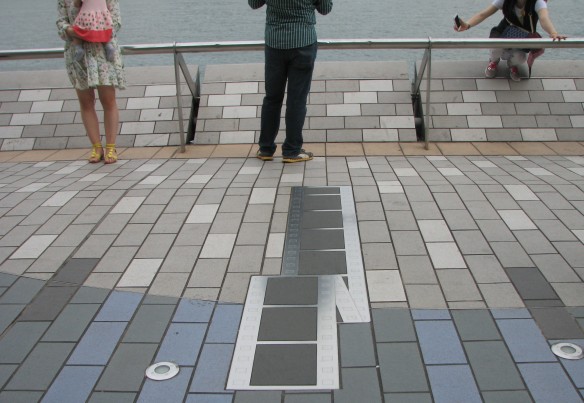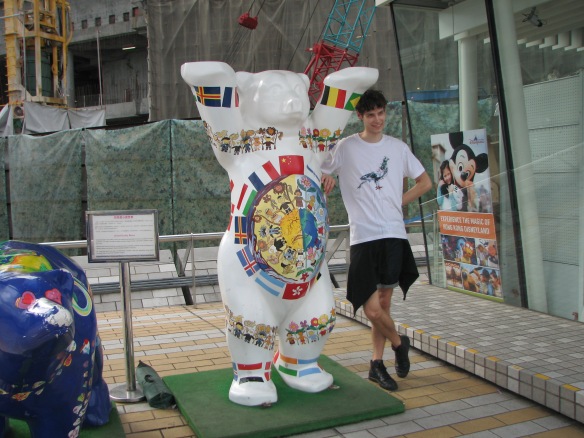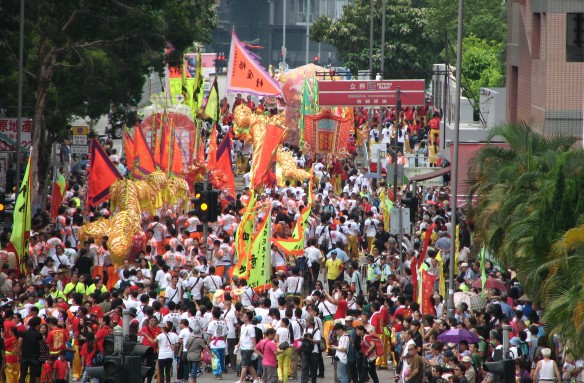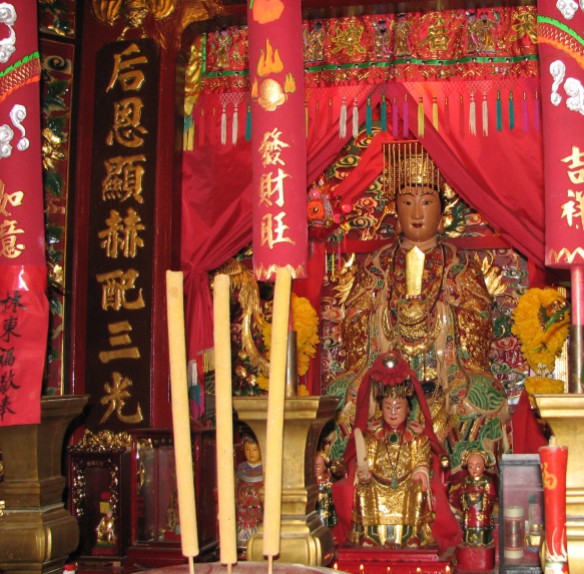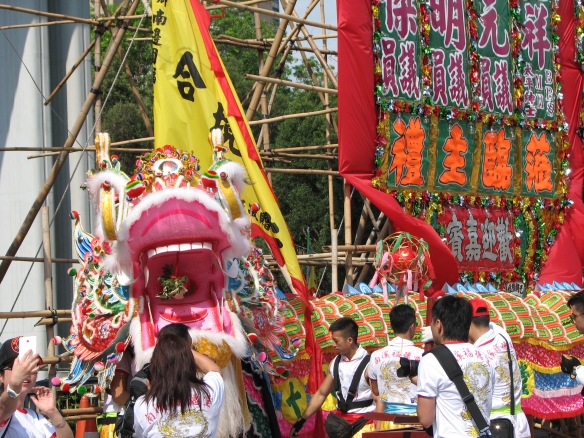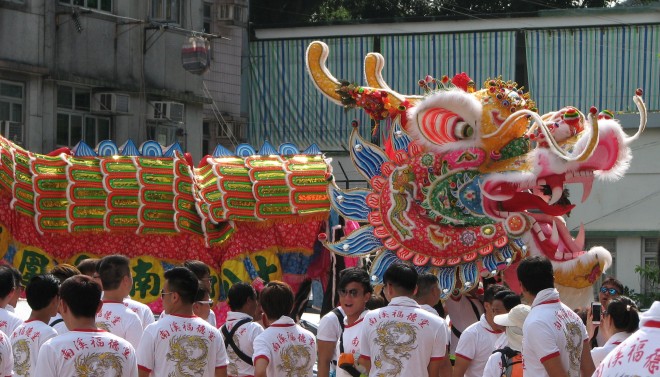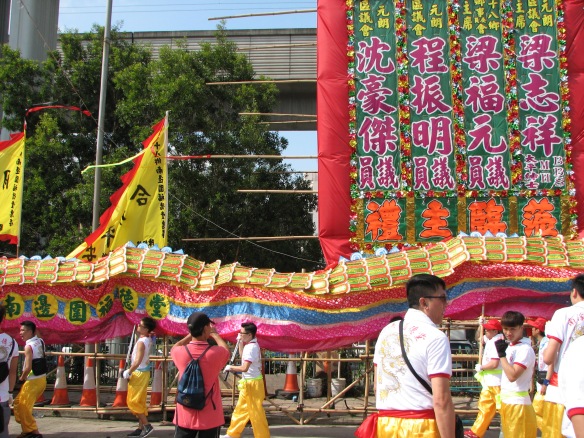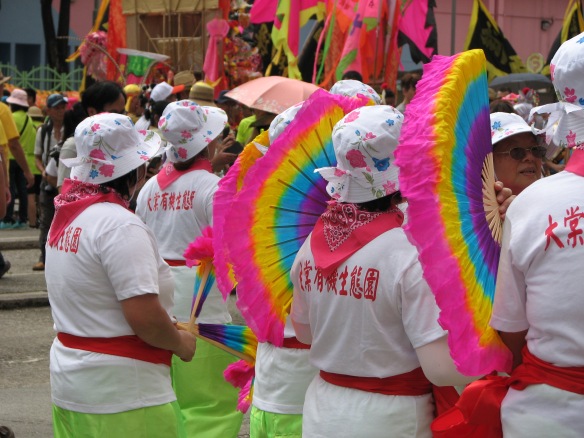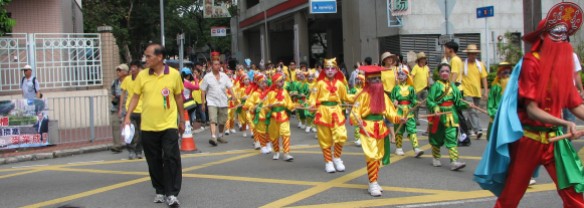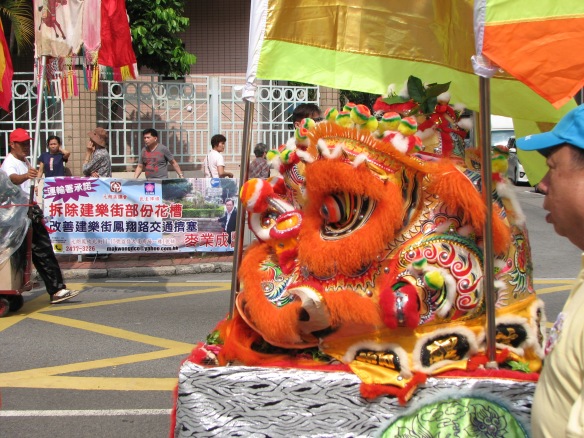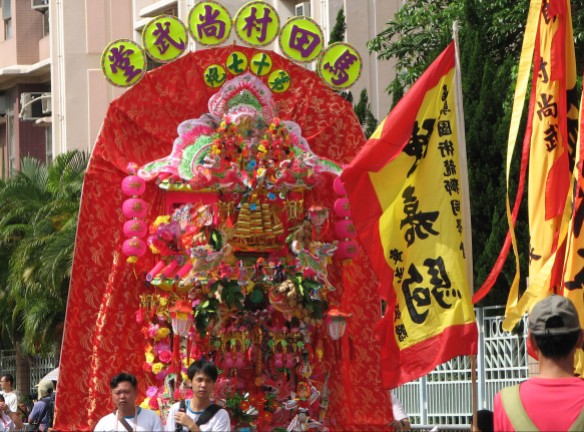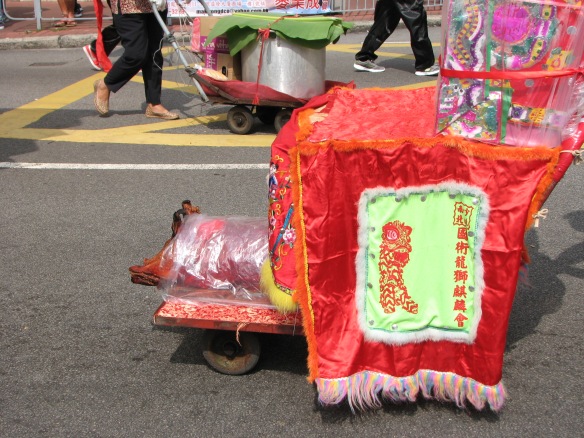The Germans have a wry saying. “We sent for guest workers, but Menschen came instead.” Meaning that after WWII, the work force of foreigners who came to Germany turned out to be fellow human beings.
I find myself thinking about that saying. The flow of refugees heading this way is huge and overwhelming, and in some ways I am afraid. I love the security and safety of life here, how clean it is. I’m proud to live in a land with universal health care and great mass transit, wonderful street cafés, and (most important of all) the guarantee of personal freedoms and a firm commitment to human rights.
What does this have to do with the hordes of refugees flooding the country? I’m not sure. Maybe nothing at all. But I hear from some of my friends, “What if Europe becomes Muslim? What if the streets are filled next with women in full burkas? What if we lose our freedoms as Germans bend over backwards to accommodate the newcomers?”
They’re nameless, faceless. They’re the others, the ones who constitute a vague but ever-growing threat.
One of my great bonds with the man I married is our desire to explore the world together. We’ve taken vacations in moderate Muslim lands. Every trip was wonderful, filled with people with dreams and hopes like yours and mine. I have a serious disconnect when I try to reconcile the horror of ISIS with the kindness of the friendly people we met in Egypt… Indonesia… Tunisia… Malaysia… Turkey… Singapore. The answer, of course, is they can’t be reconciled. The two have nothing to do with each other.
I’m terrified of the fanaticism that just killed more than 100 people in Paris. The refugees are terrified, too. The people fleeing to Europe want the same things we do: a civilized place to work, live, and raise their children. A stream of humanity is arriving. People with dreams and hopes, like yours and mine.
Each time I go to massage the refugee M. [1], I’m confronted with my own fear of the unknown foreign.
We have no languages in common. I’m not only working without any knowledge of her history; we can’t even talk. One of her children remains in the room the entire time to translate into German for her.
These are the hardest sessions I’ve ever attempted.
As a therapist my hands know their work; I’m capable to treat her PTSD symptoms. But the person-to-person connection…. I have to do this solely through touch. The afternoons of therapy have changed my understanding of the human dimension. It’s become more complicated, and much simpler. It’s changed me as well.
NOTES: [1] To respect the privacy of the persons involved I have changed the names and use initials only.














